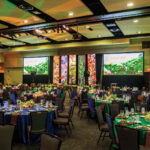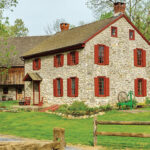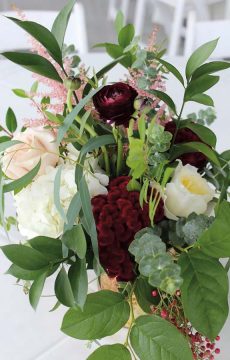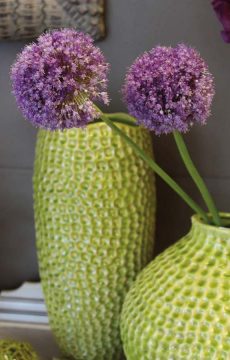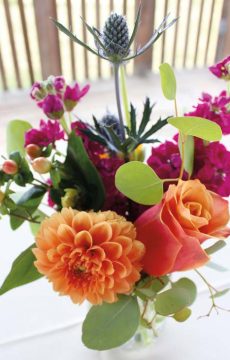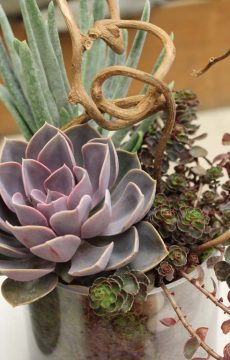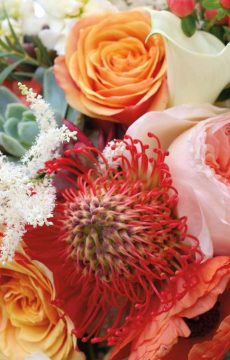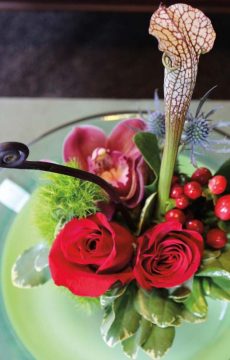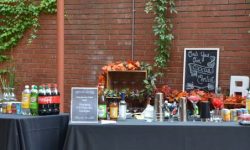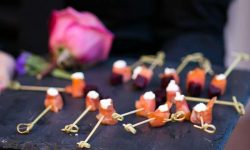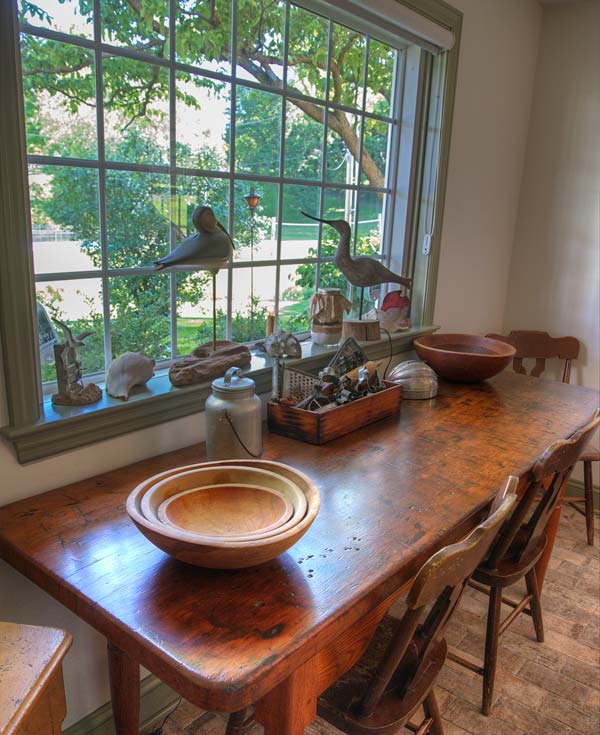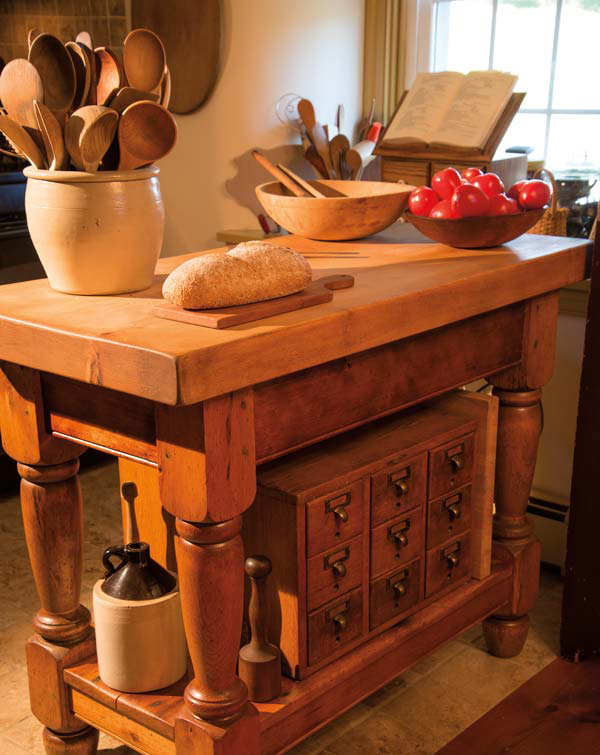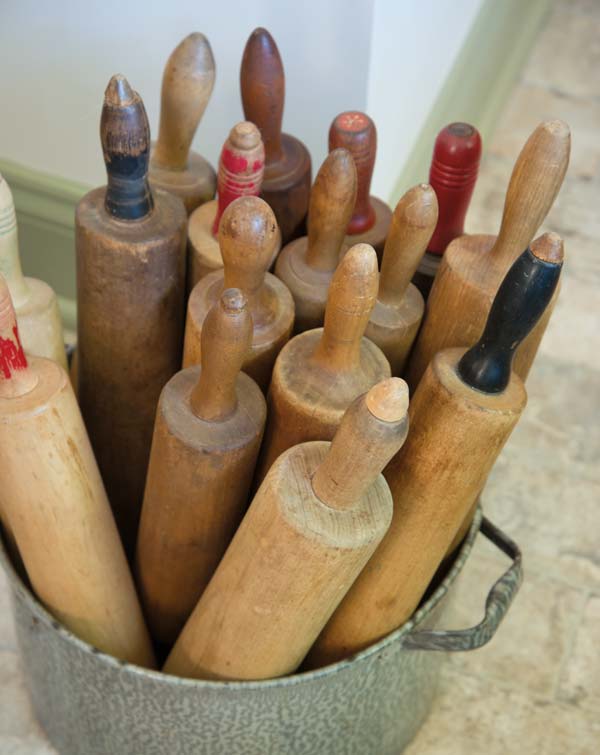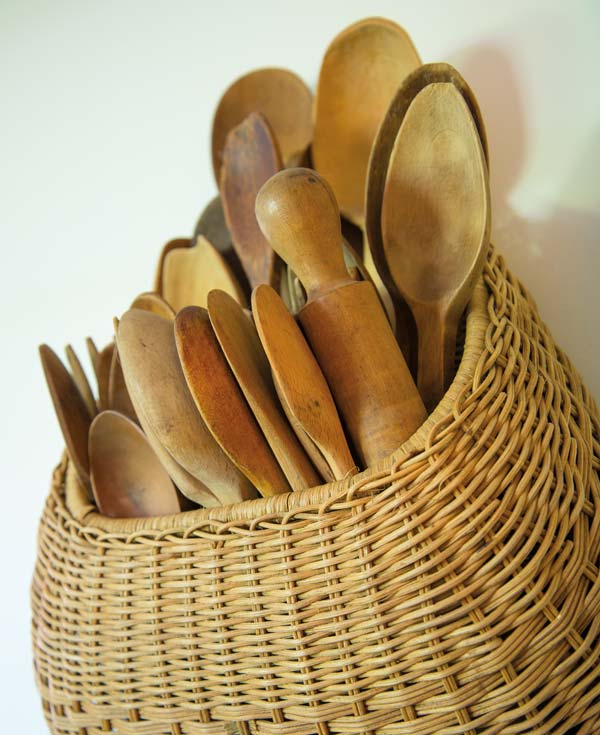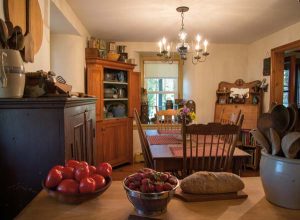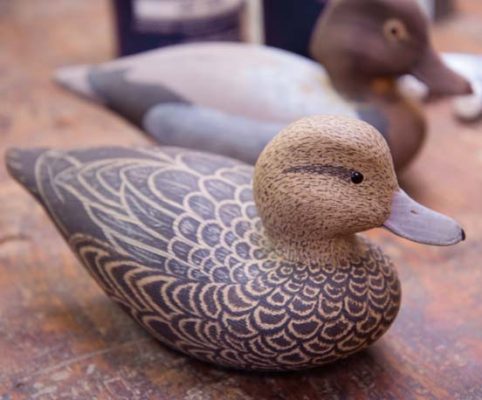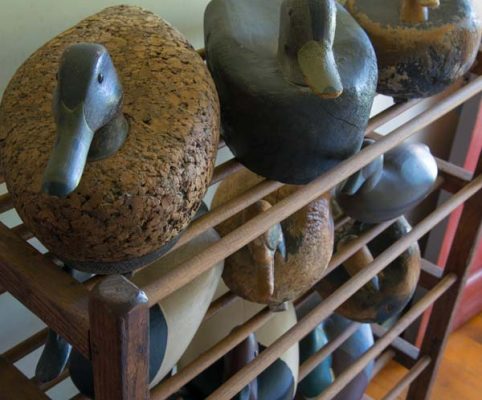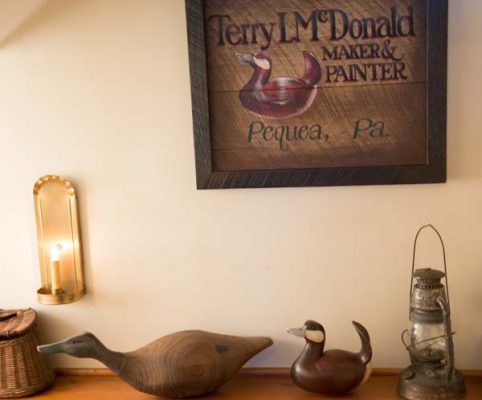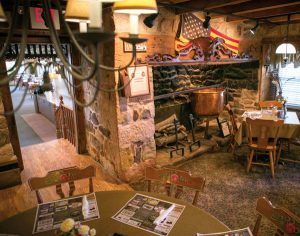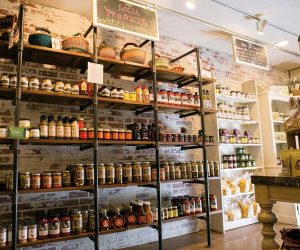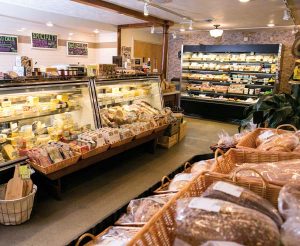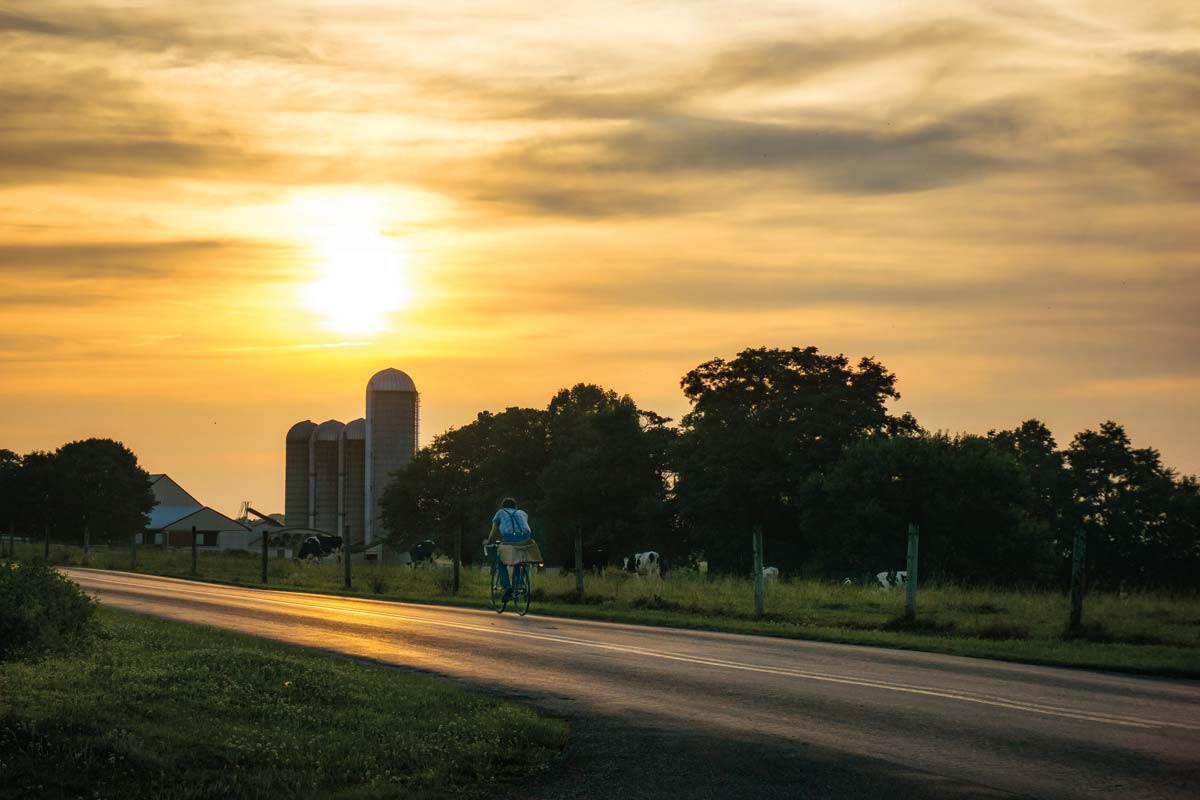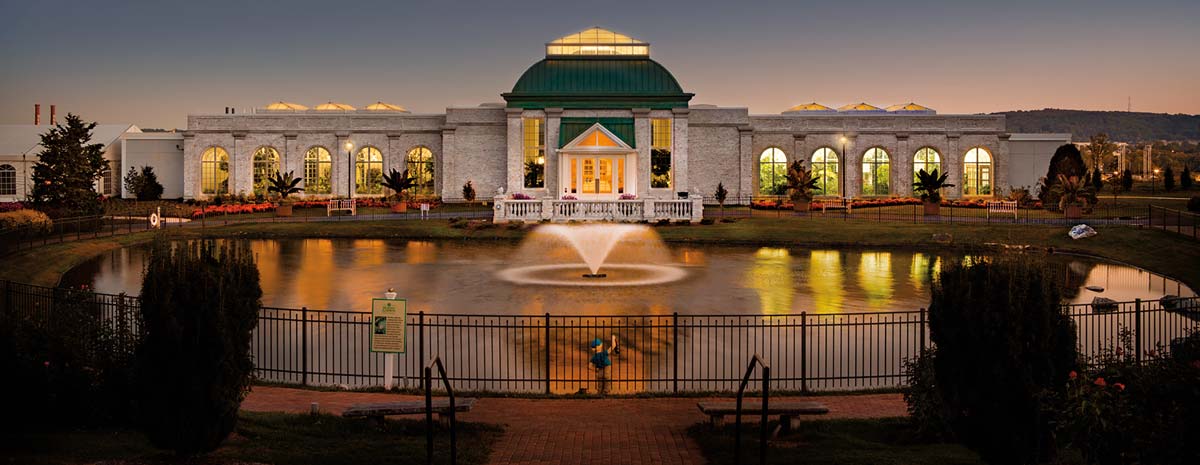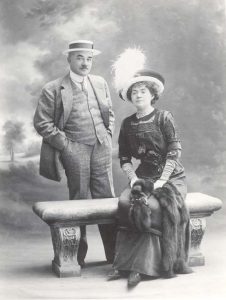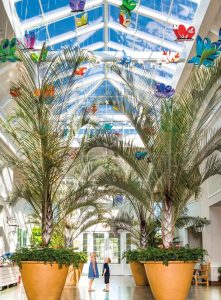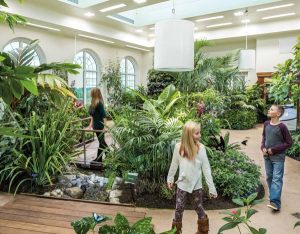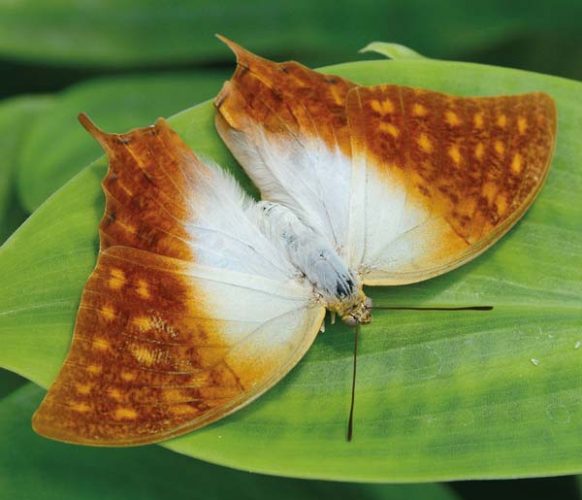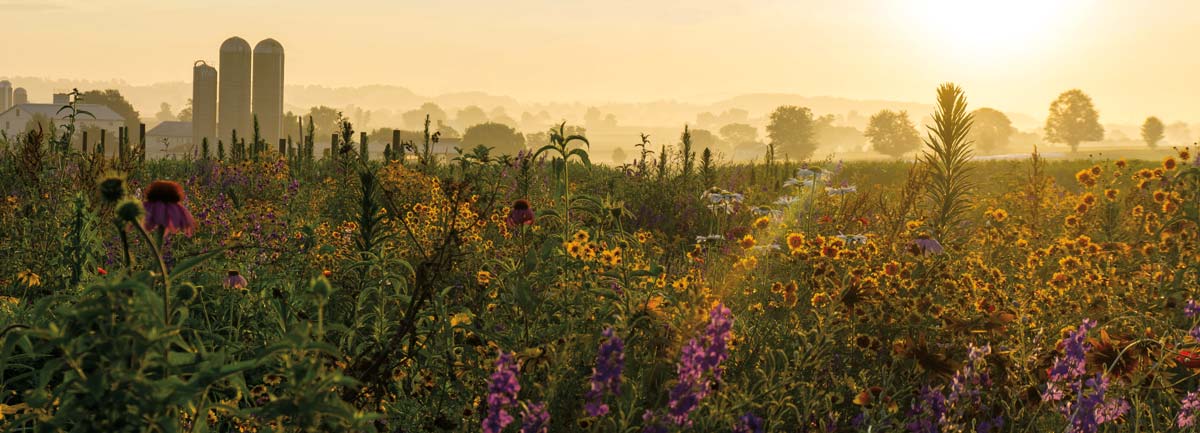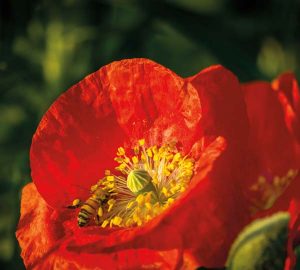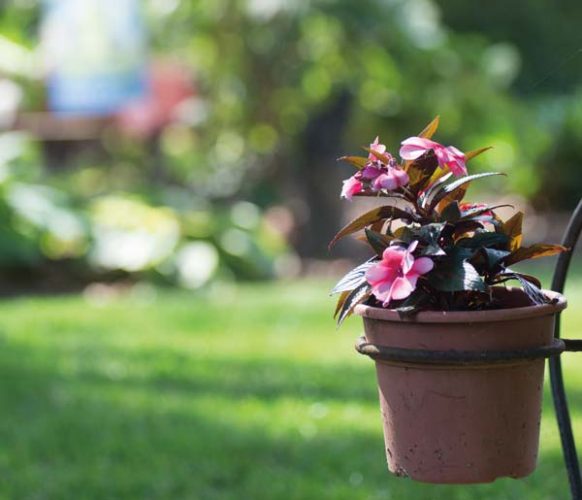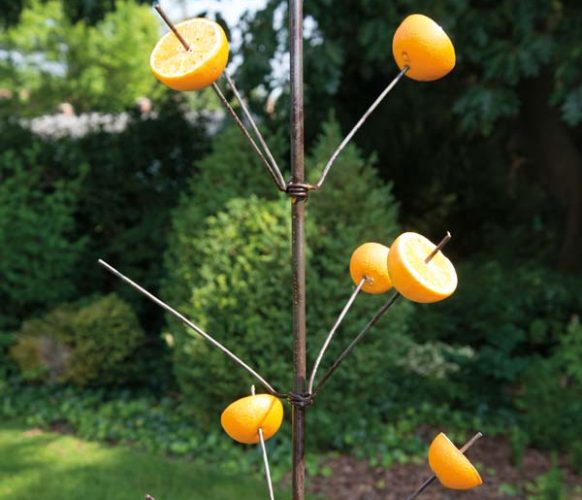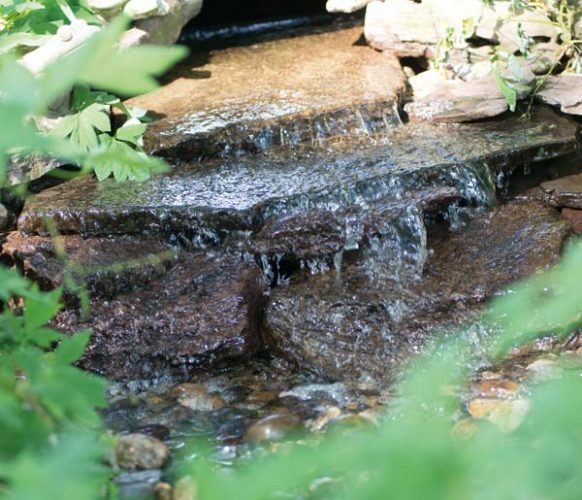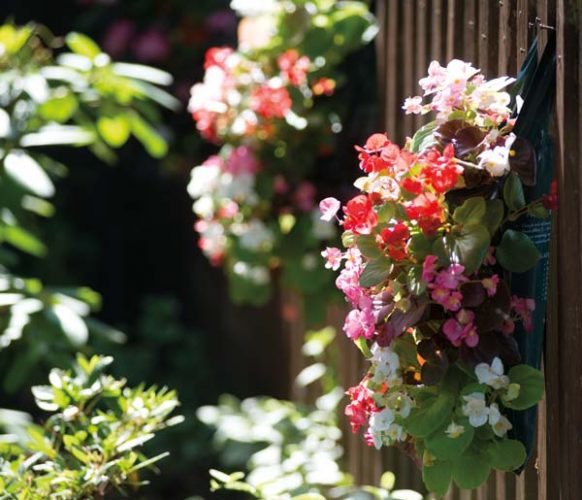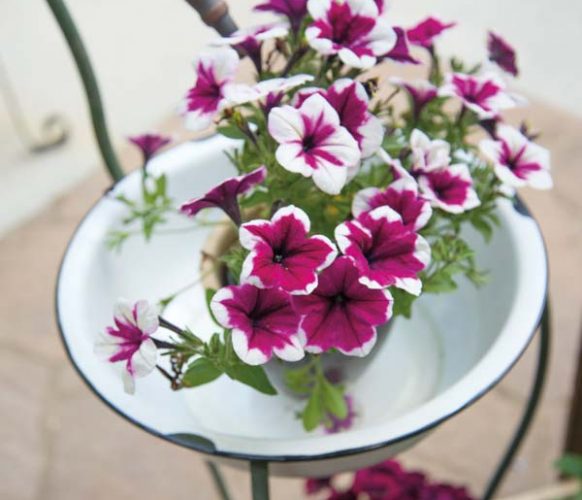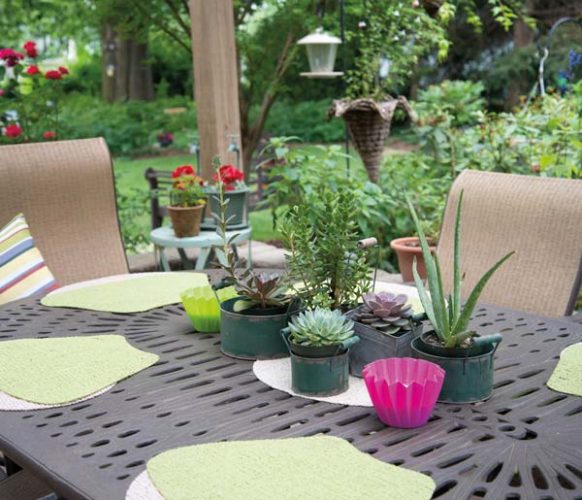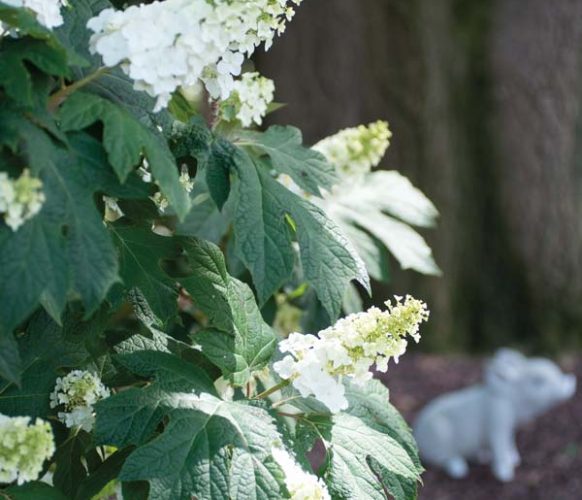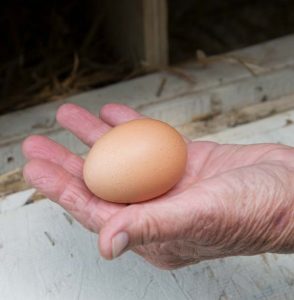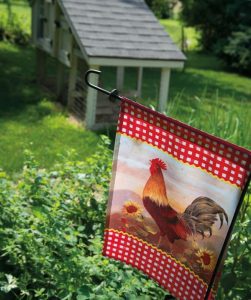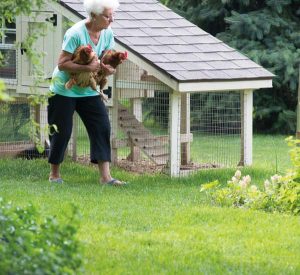Just as fashion trends come and go, so it goes in the party biz. Some of Lancaster’s party experts generously share the trends they are observing from their unique points-of-view.
Our experts agree: new twists on the time-tested classics are infusing parties with fresh energy and creativity. Whatever your style and theme, Claudia Himes encourages hostesses to inject a bit of the unexpected. “Give your guests a surprise,” she says. “It’s a way to let them relax, saying ‘we don’t have to be perfect to be here.’” If the surroundings are too “spot-on,” she says, people will feel intimidated. Putting a bit of risk in your plan wakes people up and engages them (which is harder than ever with phones and other distractions). “Feel honored that your guests found time to attend,” she advises, “and greet them well.”To see some of Deb’s Top Exercises from Pilates and Yoga
Table Linens: Special Occasions
Since 1983, Special Occasions Linens has been the go-to resource for table linens that are oh-so-right for events of all sizes, formalities and themes. Even before it was an official business, company president Claudia Himes’ mother was sewing table dressings for her own and her close friends’ parties in the ‘60s and ‘70s. Today, the business is known far and wide for its unique linens, serving major corporations, organizations and private clients from here to Hawaii.

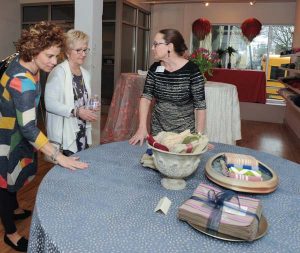 At her annual spring seminar, Claudia revealed her cache of fresh patterns, colors and mix ‘n match concepts in how to dress the party table. This year, she took one of her favorite adages to heart: “One of life’s greatest joys is opening one’s home to one’s friends,” by hosting the event as an “open house” at Special Occasions’ headquarters on North Queen Street. Claudia and her loyal employees invited guests to a behind-the-scenes experience, including her staff of Amish women who have been skillfully sewing, laundering and pressing Special Occasions’ thousands of napkins, tablecloths and runners for more than 20 years. In addition to vignettes of the latest table fashions, visitors received personal instruction on napkin folds, clever ways to dress up dining chairs and other uncommon tricks of the trade.
At her annual spring seminar, Claudia revealed her cache of fresh patterns, colors and mix ‘n match concepts in how to dress the party table. This year, she took one of her favorite adages to heart: “One of life’s greatest joys is opening one’s home to one’s friends,” by hosting the event as an “open house” at Special Occasions’ headquarters on North Queen Street. Claudia and her loyal employees invited guests to a behind-the-scenes experience, including her staff of Amish women who have been skillfully sewing, laundering and pressing Special Occasions’ thousands of napkins, tablecloths and runners for more than 20 years. In addition to vignettes of the latest table fashions, visitors received personal instruction on napkin folds, clever ways to dress up dining chairs and other uncommon tricks of the trade.
A standout among this year’s leading linens are botanical prints, so realistic they look like photographs. Recently showcased at the Brandywine River Museum’s 50th anniversary celebration of its Conservancy, Claudia combined the colorful botanical prints with bold stripes in summer-hot hues to create a nighttime garden party look. The print-heavy linens also had a practical side – they artfully concealed spills and drips on the food station tables so that the party looked fresh all night.
Claudia also sees a trend of “cool blues,” transporting the refreshing, calming aura of coastal living to our more local, inland affairs. Combining the sporty feel of Ikat prints, island prints and the dressed-up sparkle of silver filigree layered over navy blue was the vibe Claudia recently created for a client whose event was hosted in Hawaii. Kona’s black lava and brilliant ocean blue waters provided the perfect backdrop.
“I’m seeing a move away from rustic,” Claudia observes, describing the trend as “hand-hewn mixed with bling and tapestry.” While barn wedding parties are still popular, she sees more brides choosing to dress up the barn to hotel ballroom chic. Think less burlap and mason jars and more jacquard and candelabras.
717-299-4642 or specialo.com.
Florals: Floral Designs of Mount Joy
Jill Hoffines-Erb, owner and head designer of Floral Designs of Mount Joy, has always had an eye for inserting texture and unexpected combinations of flowers and greens in her designs for special-event clients. Now the trend is in-sync with her signature aesthetic, coming to center stage with Pantone’s color of the year, Greenery – described as a “fresh, zesty yellow-green shade, illustrative of flourishing foliage and the lushness of the great outdoors.”
Bring on the air ferns, cactus, succulents, dusty miller, maiden hair fern and other “found” foliage with unique textural qualities! “Some hosts are even working with the foliage only, providing a natural look which invites close inspection to discern the textures and shades of green through gray,” Jill notes. Potted or cut, arranged or collected as a group, texture is the new subtlety.
She finds many of her clients are looking for that subtle effect, expressed as “tasteful and not totally over-the-top.” Again, retro is revived: Jill describes the trend as “almost a full circle to how flowers were treated in times past.”
“I’m finding weddings are exploring a minimalist tabletop centerpiece while putting the visual fireworks on the buffets or stations,” Jill says. Some hosts, both at weddings and at home, “are putting energy and budget on the entrance piece for the foyer or perhaps arching the entrance door, setting the tone for the party to come.”
New to the floral mix is attention to interesting vessels, often massed together for a full effect. Collections of vessels in a certain theme allow for almost minimalist approaches to what goes in them. “A highly structured, almost architectonic look” she says, might be made lavish by unique foliage and texture contrasting with special, less-than-familiar stems. New stems worthy of the trend? Cut dahlias in variegated colors. Clematis, vining up a natural stalk of willow. Bromeliad, a tropical stunner, and king protea, with its otherworldly look.
717-653-1950 or floraldesignsofmountjoy.com.
The Menu: Jimmy Duffy’s Catering
As the third-generation of this family business from the greater Philadelphia area, and now the exclusive caterer at downtown Lancaster’s renovated, historic Excelsior event venue, CEO Pol Duffy and his sales executive, Kaitlyn Fetter, are frontrunners of what’s trending in weddings and special events. Kaitlyn observes “a minimalist style is being embraced, a sort of natural look to food presentation,” creating the feel of “rustic elegance.” According to Kaitlyn, “What we do needs to pop, not explode.”
“Everything old is new again,” adds Pol. The cocktail buffet, a classic form of entertaining from the ‘60s, is back in vogue and renamed as food-station dining. Smaller plates, addressing an ever-broadening variety of tastes and health/allergy constraints, and a more flexible sense of timing are all practical reasons why food stations are all the rage for weddings and other entertaining. “Providing choices is paramount and is very much what leads the menu design for most hosts,” says Kaitlyn.
Choices, yes. And, the more relaxed atmosphere that a stations party offers is also important. Additionally, it provides for movement at an event, allowing guests to stand, sip and socialize without juggling a large plate. Guests can mingle and move about and not be limited to a long-seated evening with conversation among just a few dinner companions at one table.
osts are demanding health-conscious menu options like vegan/vegetarian stations, treating this segment of their guest list as part of the party menu, not as a special request. Local, seasonal and wisely sourced items are and will continue to be the trend, Kaitlyn adds. “Build-your-own” menu options are also a current hit, from wood-fired pizza to bruschetta to pasta.
Sushi continues to be popular among current party givers. The ever-present cheese display is amped-up with local artisanal choices, informed by the guest’s interest in what is local and different. Comfort food has likewise taken on a sophisticated twist, with innovative ingredients and posh presentation. Think lobster mac-and-cheese, gourmet sliders and “Tuscan table” food items. “Different is good,” notes Pol, “right down to the garnish.”
610-647-0160 or jimmyduffy.com.


